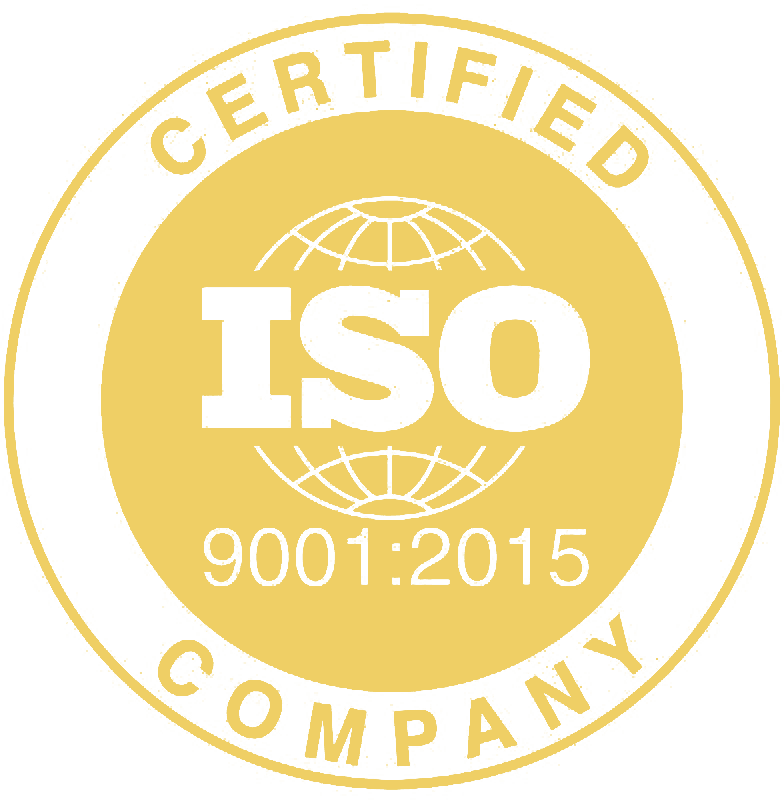By: ETP Team Published: 05 February, 2023
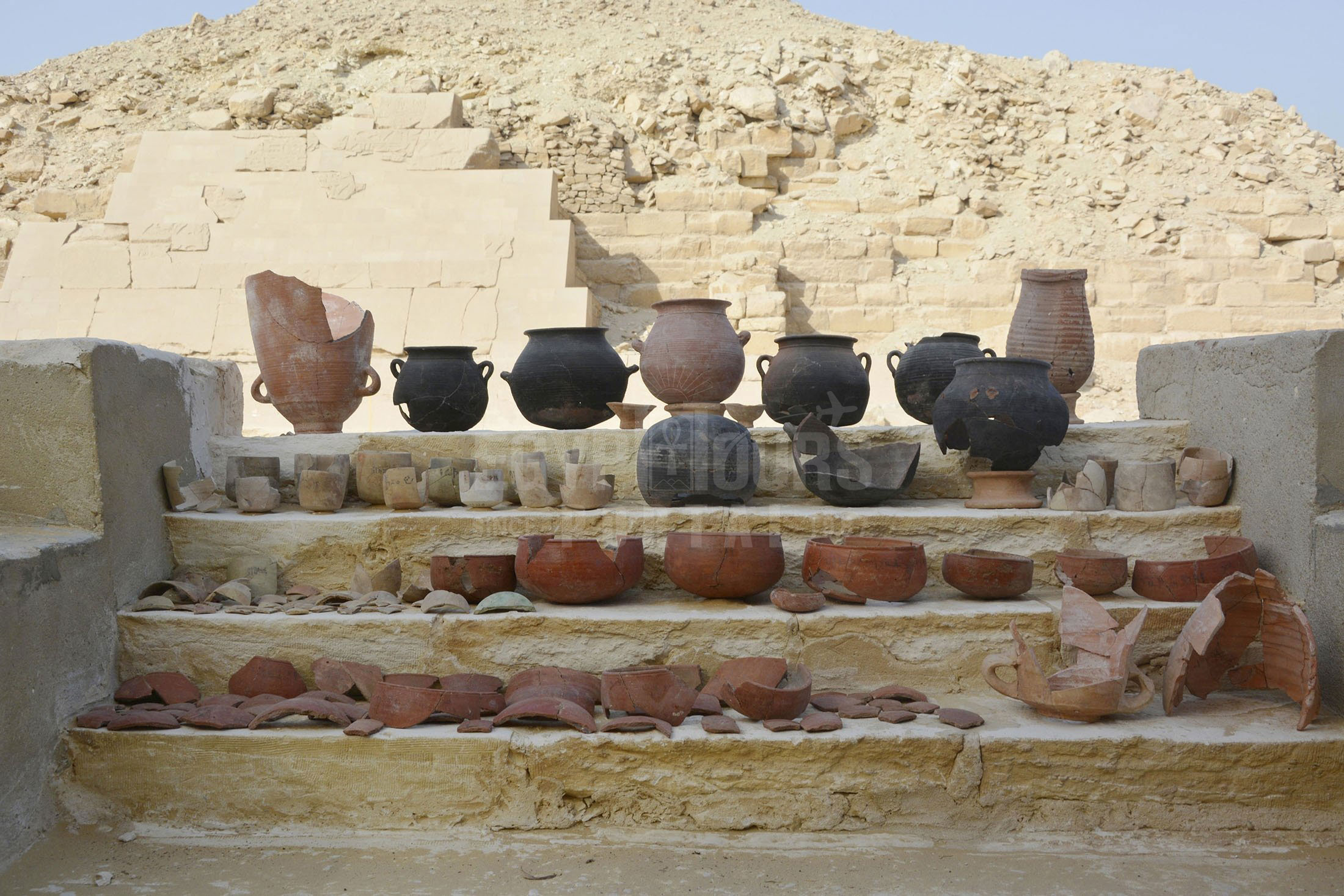
Scientists discover the chemical materials and secrets applied to corpses in a 2700-year-old mummification workshop.
The mummification process was a very complex and spiritual medical process to turn the bodies into statues and make everyone ready for their way to the heavens. The process required a number of specialized skills, a long list of different ingredients, and highly skilled embalmers who have deep religious and chemical knowledge.
The new evidence emerged from a 2700-year-old (664 B.C.E.–525 B.C.E.) burial complex south of Cairo called Saqqara. A shaft within the underground mummification workshop had been carefully filled with sand, and rocks plus dozens of highly preserved embalming vessels. With further examination, a major breakthrough was made when comparing the Egyptian mummies to the materials found in the vessels.
The analysis indicated traces of beeswax, animal fats, vegetable oils, and bitumen along with numerous plant resins which were mixed and heated to form ointments. Their properties caused them to be particularly manageable to recover from pottery vessels, even after thousands of years.
A number of specialists stated that:
“The more fatty and sticky a residue is, the better results you get,”, and “We had good organic preservation, and we had residues that preserve well”. After being immersed in natron, corpses were treated with sticky mixtures to seal the skin, blocking decay and decomposition by bacteria. “The materials we found have an antibacterial function,”.
“It’s the most complicated part of the process, where the chemistry really starts.” Some ointments may have been smeared directly on the corpses; others were probably applied to the linen bandages, which may have been dipped directly into wide-mouthed “goldfish bowl” vessels.
“Some of the materials may have been used not because they were more effective, but because they were exotic ‘Look at the size of my world, that I can get something from so far away,’” which means that some of the materials were imported from parts of Africa, Europe, and Asia.
Some of these exotic materials included dammar and elemi, plus myrrh resins extracted from hardwoods native to Southeast Asian rainforests thousands of kilometers from ancient Egypt. Cedar and pistachio were sourced from the mountains of Lebanon and from around the Mediterranean plus pitched from the Dead Sea.
The ancient Egyptians spend over 2000 years perfecting the process of mummification which would only further prove their deep knowledge of chemistry and biology.
Egypt Tours Portal team dedicates its time and energy to preserving and showcasing the vast history and mysteries of the ancient Egyptians that trace back more than 5000 years across their most famous destinations that hold an incredible number of monuments and attractions. The team’s main purpose is to shed light on the infinite wealth of natural, historical, cultural, and mythological knowledge for everyone who wished to learn something new and prepare for their journey across the magical destinations of Egypt.
All the team members of the Egypt tours portal are a highly knowledgeable and qualified group of Egyptologists, Archaeologists, historians, world travelers, content creators, digital marketers, consultants, and explorers who have a vast experience in each of their fields, stretching from 5 to 20 years where everyone gained an unfathomable understanding of their craft that provide all the visitors and clients to gain priceless information and all the means needed to have the most entertaining travel experience in Egypt.
The information mentioned on the website was created over a long period of time by a number of the most qualified experts in each of their fields which was updated regularly on a monthly basis and depends on a number of highly trusted sources with confirmed facts to ensure the safest delivery and consumption of each information in the most useful and positive manner.
All our sources and resources of the Egypt tours portal which was cultivated for over 35 years that were made to provide the most incredible Egypt tours & vacation packages, Egypt Nile cruises, Egypt day tours & excursions, and Egypt shore excursions that have won the praise of all our clients as shown by own clients on TripAdvisor, won a number of awards, and mentioned by a number of renowned news agencies and travel blogs plus provides an enriching educational and entertaining travel experience for everyone.
23 March, 2025
19 February, 2025
09 February, 2025
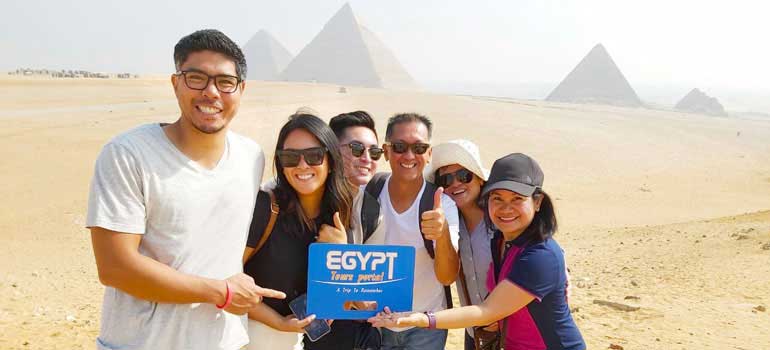
Egypt Tours Portal
Egypt Tours Portal was established in 1987 and we have more than 33 years of experience in the field of tourism in Egypt. We have defined the word of professionalism throughout the tours that we have arranged through the past years as it is not just business to us but it is a matter of proving to the whole world that we are the best travel agency in the middle east who can arrange perfect well-organized tours in Egypt with the whole required element to make it one of its kind.
Subscribe for latest updates & promotions
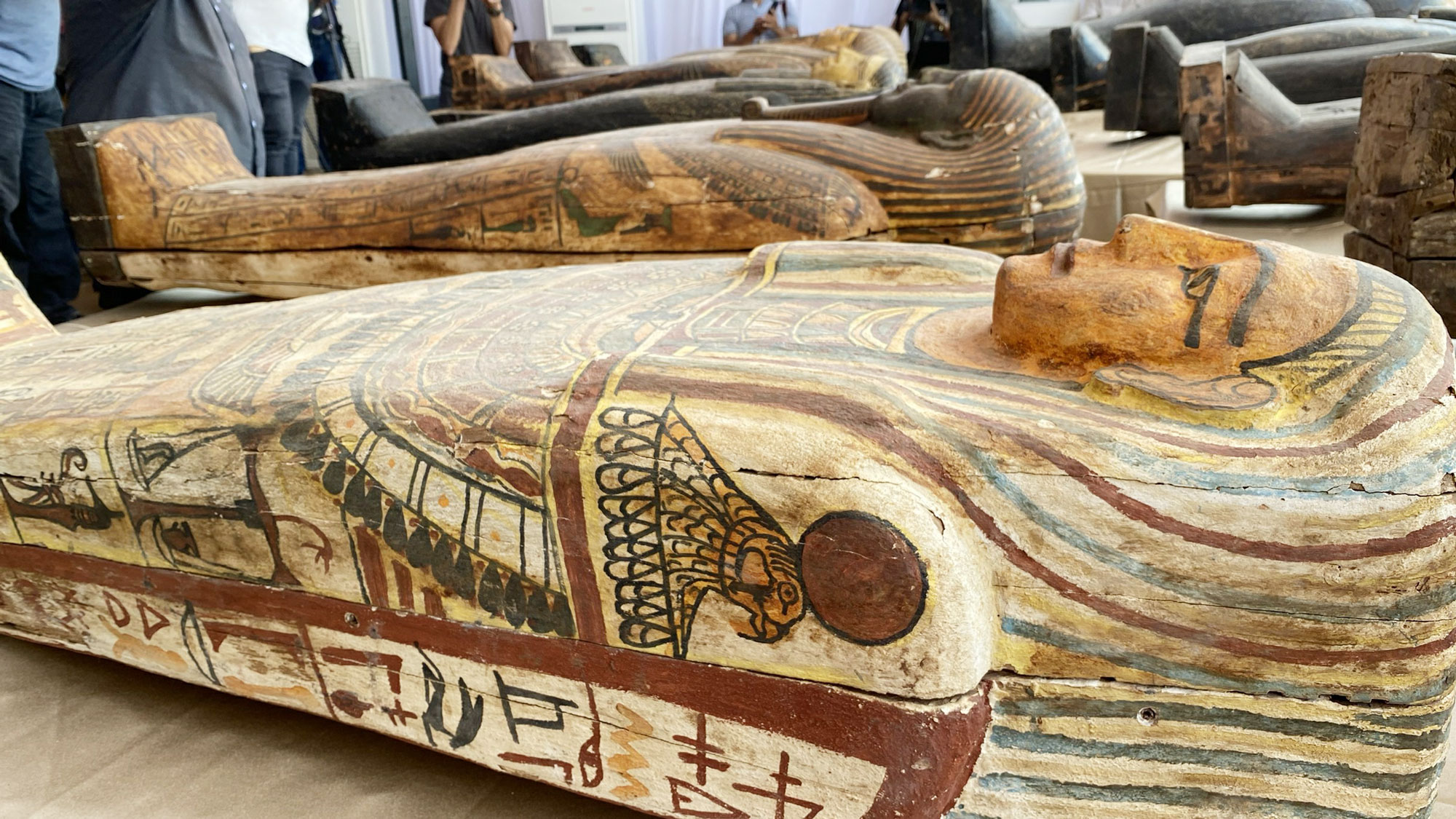
The Egyptian archaeological mission in Saqqara uncovered the site's first and largest hideout dating back...
30 May, 2022

On June 16, 2022, the Egyptian Supreme Committee for Epidemiology and Health Pandemic Crisis Management a...
20 June, 2022
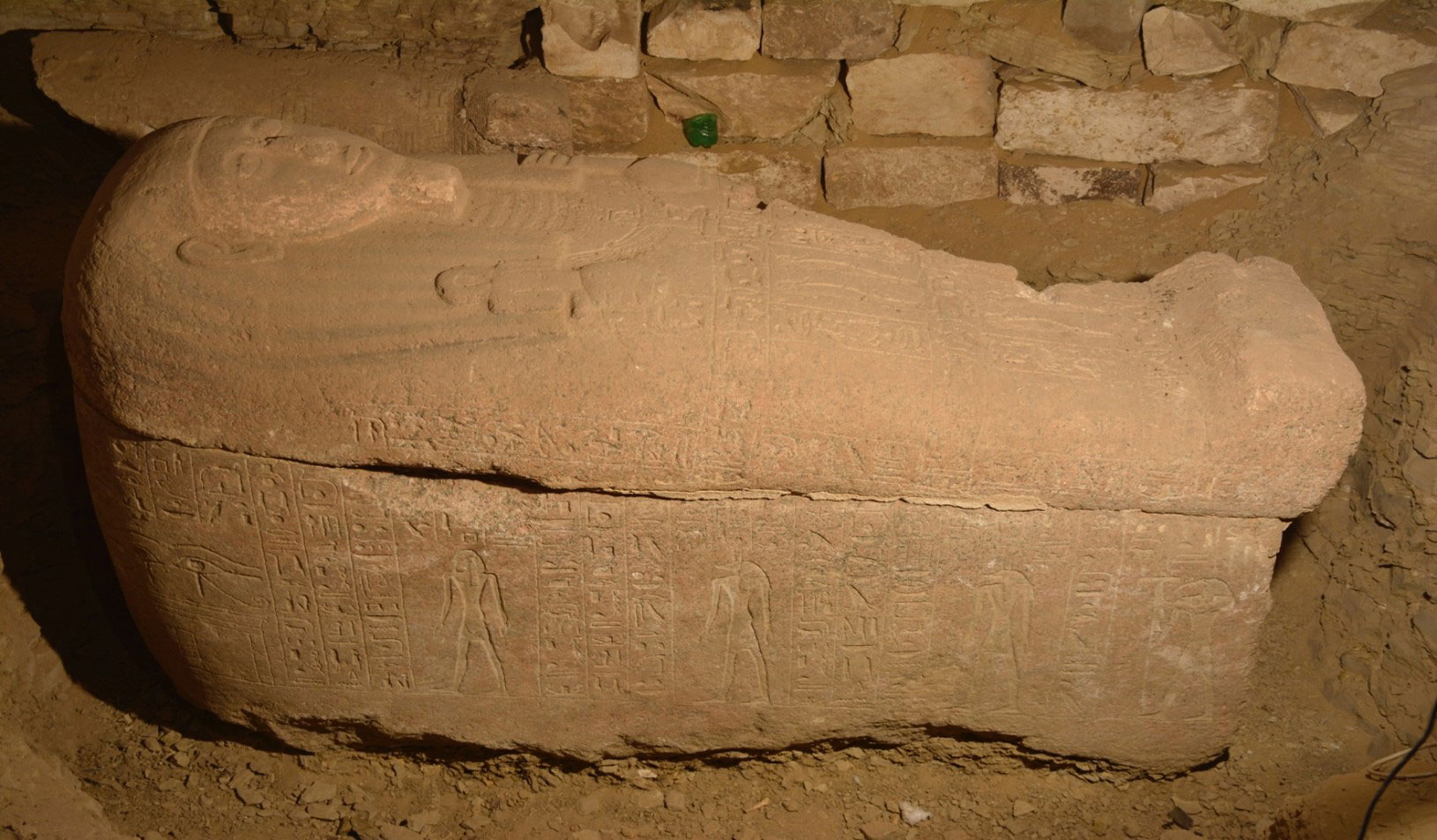
Saqqara Monuments Area is a blessed attraction filled with many mythical tales and archaeological artifac...
20 September, 2022
Eoffers valuable insights straight from the source, capturing the voices and experiences of those who matter most – our cherished clients
Tour Name: 5 Days Tour of Group Witnessing Egypt’s Jewels
Experience Date: 12 July, 2025
My fiancé and I booked a private 5 day tour of Egypt with ETP starting in Cairo followed Read Moreby Aswan, Abu Simbel and Luxor. We just got home and continue to talk about how amazing the trip was. The communication with ETP was excellent. Very fast responses and they are very accommodating. Our tour was nonstop which was okay by us as we wanted to see all the sights in 4 days. Read Less
american
Tour Name: Experience Egypt Cultural Sightseeing in 10 Days
Experience Date: 12 July, 2025
This was the trip of a lifetime that I was able to have with my eldest son - an absolutelyRead More amazing experience. To be able to actually see the places and artifacts that I had read about and studied was truly phenomenal. Our hotels were great, the travel to and from sites was completely taken care of, we never felt unsafe or left to our own devices, and the itinerary was just right. But what made the experience so fab was our two guides - Mahmoud Nour in Luxor/Aswan/Abu Simbel and "Max" in Cairo/Memphis/Saqqara. They taught us history and context as it related to each site we visited and they indulged my myriad questions. They were both so incredibly knowledgeable and my questions were never ignored or unanswered. In addition, they shared their culture with us and treated us to some awesome dining experiences. We were reminded that Egypt is more than just ancient ruins. I would recommend without reservation this tour experience. And "hats off" to Mahmoud and Max!!! I left feeling like I had made some great new friends. And I can't wait to try some home-made kushari. Read Less
Tour Name: Experience Egypt in 9 Days
Experience Date: 12 July, 2025
Egypt Tours Portal is an excellent company to use to arrange your visit to Egypt. They worRead Morek with phenomenal guides (we had Mahmoud Nour in Upper Egypt and Mohsen aka Max in Lower Egypt...I would recommend asking for these guides by name, as they were truly superb), make all the necessary arrangements in terms of drivers, covid testing, hotels, and in-country flights, and can tailor your tour to whatever it is you most want to see. The entire experience was smooth from start to finish. Both Mahmoud and Max spoke excellent English, were extremely knowledgeable, and went out of their way to ensure our experience was everything we hoped it would be. This was the second time I have used ETP, and I will continue to recommend them to anyone who expresses any interest in exploring Egypt. We especially liked that our tour group was limited to only our party, which meant we got one-on-one attention at all the sites, and allowed us to get answers to all our questions. And for those of you who are worried about safety or health in Egypt, in our experience it was extremely safe, and we never had any issues related to COVID-19. Cannot recommend Egypt Tours Portal enough. Choose them, you won't regret it. Read Less
Tour Name: 5 Days Cairo, Luxor & Abu Simbel Tour
Experience Date: 12 July, 2025
It was an absolutely amazing trip where we saw some of the most historical and beautiful sRead Moreights in Egypt. Our tour guide Mohamed Elshemei was extremely knowledgeable and accommodating to our needs Read Less
Tour Name: 5 Days Nile River Cruise Luxor to Aswan
Experience Date: 12 July, 2025
Highly recommend this tour company!!! Our guides, Moses, Mahmoud, Magred and Mohamed were Read Moreexceptional, their knowledge of the history is more that accurate, they are also very patient!! For the price and all the attractions, the Nile cruise and the included meals.....well worth it!!! It is a very busy tour, but well worth it!!! Read Less
canadian
Tour Name: 5 Days Cairo, Luxor & Abu Simbel Tour
Experience Date: 12 July, 2025
This review is a late, but I had to provide some feedback. My brother and I went on vacatiRead Moreon in October 2022 and booked with Egypt Tours Portal. With on-line scams on-going, I was a little wary at first. BUT, the experience was amazing. Personal guides and drivers, lodging, food was amazing and perfect. The guides were very knowledgeable, but more importantly PASSIONATE about their job and culture. They went out of their way to take care of us. If you happen to get Zeze or Marianne, you have gotten the best. Read Less
The entire country of Egypt deserve to be explored with its every heavenly detail but there are places that must be seen before any other such as the breathtaking Hurghada's red sea, The wonders of Cairo the pyramids of Giza, the great sphinx, the Egyptian Museum, Khan El Khalili Bazaar, the wonders of Luxor like Valley of the Kings, Karnak & Hatshepsut temple and the wonders of Aswan such as Abu Simbel temples, Philea temple, Unfinished obelisk and The Wonders of Alexandria like Qaitbat Citadel, Pompey's Pillar and Alexandria Library. Read more about the best places to visit in Egypt.
If you want to apply for a Visa On Arrival that lasts for 30 days then you should be one of the eligible countries, have a valid passport with at least 6 months remaining and pay 25$ USD in cash, as for the E-Visa for 30 day you should have a valid passport for at least 8 months, complete the online application, pay the e-visa fee then print the e-visa to later be presented to the airport border guard. You could also be one of the lucky ones who can obtain a free visa for 90 days. Read more about Egypt travel visa.
Egypt has a variety of delicious cuisines but we recommend “Ful & Ta’meya (Fava Beans and Falafel)”, Mulukhiya, “Koshary”, a traditional Egyptian pasta dish, and Kebab & Kofta, the Egyptian traditional meat dish.
The best time to travel to Egypt is during the winter from September to April as the climate becomes a little tropical accompanied by a magical atmosphere of warm weather with a winter breeze. You will be notified in the week of your trip if the Climate is unsafe and if any changes have been made.
You should pack everything you could ever need in a small bag so you could move easily between your destinations.
We have been creating the finest vacations for more than 20 years around the most majestic destinations in Egypt. Our staff consists of the best operators, guides and drivers who dedicate all of their time & effort to make you have the perfect vacation. All of our tours are customized by Travel, Financial & Time consultants to fit your every possible need during your vacation. It doesn't go without saying that your safety and comfort are our main priority and all of our resources will be directed to provide the finest atmosphere until you return home.
You will feel safe in Egypt as the current atmosphere of the country is quite peaceful after the government took powerful measures like restructuring the entire tourist police to include all the important and tourist attractions in Egypt. Read more about is it safe to travel to Egypt.
Wear whatever feels right and comfortable. It is advised to wear something light and comfortable footwear like a closed-toe shoe to sustain the terrain of Egypt. Put on sun block during your time in Egypt in the summer to protect yourself from the sun.
The best activity is by far boarding a Nile Cruise between Luxor and Aswan or Vise Versa. Witness the beauty of Egypt from a hot balloon or a plane and try all the delicious Egyptian cuisines and drinks plus shopping in old Cairo. Explore the allure and wonders of the red sea in the magical city resorts of Egypt like Hurghada and many more by diving and snorkeling in the marine life or Hurghada. Behold the mesmerizing western desert by a safari trip under the heavenly Egyptian skies.
There are a lot of public holidays in Egypt too many to count either religious or nation, the most important festivals are the holy month of Ramadan which ends with Eid Al Fitr, Christmas and new years eve. Read more about festivals & publich holidays in Egypt.
Egypt is considered to be one of the most liberal Islamic countries but it has become a little bit conservative in the last couple of decades so it is advised to avoid showing your chest, shoulders or legs below the knees.
Arabic is the official language and Most Egyptians, who live in the cities, speak or understand English or at least some English words or phrases. Fewer Egyptians can speak French, Italian, Spanish, and German. Professional tour guides, who work in the tourism sector, are equipped to handle visitors who cannot speak Arabic and they will speak enough English and other languages to fulfill the needs of all our clients.
The fastest way is a car, of course, a taxi. If you are in Cairo ride a white taxi to move faster or you could board the fastest way of transportation in Egypt metro if the roads are in rush hour.
The temperature in Egypt ranges from 37c to 14 c. Summer in Egypt is somehow hot but sometimes it becomes cold at night and winter is cool and mild. The average of low temperatures vary from 9.5 °C in the wintertime to 23 °C in the summertime and the average high temperatures vary from 17 °C in the wintertime to 32 °C in the summertime. The temperature is moderate all along the coasts.
It is the home of everything a traveler might be looking for from amazing historical sites dating to more than 4000 years to enchanting city resorts & beaches. You will live the vacation you deserve as Egypt has everything you could possibly imagine.










© Copyright Egypt Tours Portal 2025.





